The Mumbai Metro Rail Corporation Limited (MMRCL) is preparing to launch the much-anticipated Phase I of the Metro 3 corridor in the first week of October 2024. The Metro 3 corridor, also known as the Aqua Line, is a 33.5-kilometer underground rail line that will connect Aarey in the north-central part of the city to the bustling Bandra-Kurla Complex (BKC), with plans for further extensions in subsequent phases.
This infrastructure project represents Mumbai's first-ever underground metro line. Upon its full completion, it will stretch from Colaba in the extreme south to SEEPZ in the north-central part of the city, passing through key areas such as the Cuffe Parade business district, Bandra, and several other crucial transit hubs. The line includes 26 underground stations and one at-grade station, making it a vital link in Mumbai’s expanding metro network.
Inauguration by Prime Minister Modi
The inauguration of the 12-kilometer stretch of the Metro 3 corridor will be presided over by Prime Minister Narendra Modi, who will formally launch the line during the first week of October. The most likely date for this significant event is 4 October, according to sources from the Economic Times. Once the formal inauguration takes place, the line will be opened to the public the following day.
Phase I of the project includes 10 stations between Aarey and BKC, covering some of Mumbai's most densely populated and heavily trafficked areas. This new metro route is expected to be a game-changer for commuters, especially those traveling between the central business districts and the northern suburbs.
A Step Forward in Connectivity
The Aqua Line’s completion is eagerly awaited by Mumbaikars as it promises to significantly improve commuting in a city known for its heavy traffic congestion. Once the line becomes operational, commuters from BKC will be able to easily reach Santacruz Metro station and connect to the suburban railway system. Similarly, passengers traveling to Marol will be able to access Ghatkopar via the Central Railway line.
Moreover, Metro 3 will provide direct access to both domestic and international airports, a feature that is expected to reduce travel times and ease the burden on Mumbai’s road network. According to transport experts, this new corridor will serve as a much-needed alternative for passengers, especially in areas like BKC and Santacruz, where traffic bottlenecks are a daily reality.
Delays and Challenges
Originally slated for completion in 2021, the Metro 3 project has faced several delays, primarily due to issues related to the construction of the Aarey car depot. Protests surrounding the cutting of trees in the Aarey area led to legal challenges and administrative hurdles, which delayed the project by several months. Additionally, slow progress from one of the contractors further pushed back the timeline, forcing the MMRCL to revise its deadlines multiple times.
Despite these setbacks, MMRCL successfully completed Phase I of the corridor ahead of its revised schedule. The corporation had originally set June 2024 as the completion date but managed to fast-track the project, bringing the inaugural phase to fruition earlier than expected. The full corridor, once completed, will stretch from Colaba to SEEPZ, enhancing connectivity between southern, central, and western parts of Mumbai.
Phase II and Future Expansions
Phase II of the Metro 3 corridor will further extend the line, connecting additional parts of the city and improving access for millions of commuters. When fully operational, the Metro 3 line will not only reduce traffic congestion but also significantly cut down commuting times for passengers traveling between southern and northern Mumbai.
As the city continues to grow, the need for efficient and reliable public transportation has become more pressing. The introduction of this new underground metro line is seen as a major step forward in addressing these challenges. Mumbai’s metro network currently consists of several lines, but the Aqua Line will be the first to directly serve the southernmost parts of the city, making it an essential addition to the existing transport infrastructure.
Thane Ring Metro: Another Major Initiative
In addition to the inauguration of the Aqua Line, Prime Minister Modi is also expected to lay the foundation stone for another major metro project during his visit—the Thane Ring Metro. This newly approved project, which spans 29 kilometers and includes 22 stations, aims to enhance connectivity between Mumbai, Kalyan, and Thane. The Thane Ring Metro will be an elevated route and is expected to be operational by 2029.
Designed to reduce commuting times and ease congestion in the Greater Mumbai area, the Thane Ring Metro will serve as an important complement to the existing metro network. With these initiatives, the government is focusing on improving urban mobility and reducing the dependency on road transportation, which is crucial for alleviating the city's chronic traffic woes.
A Bright Future for Mumbai's Transit Infrastructure
The launch of the Aqua Line marks a new chapter in Mumbai's transit history, and it is just the beginning. As more phases of the Metro 3 corridor and other metro projects are completed, the city's public transportation system is expected to become more efficient and comprehensive. With Prime Minister Modi’s involvement in these inaugurations and ground-breaking ceremonies, the emphasis on urban infrastructure development remains strong.
For the residents of Mumbai, the completion of this new underground metro line offers a glimpse into a future where commuting is faster, easier, and less stressful. The Aqua Line will play a critical role in transforming the way people move around the city, ultimately making Mumbai a more livable and connected metropolis.
Image source- facebook.com

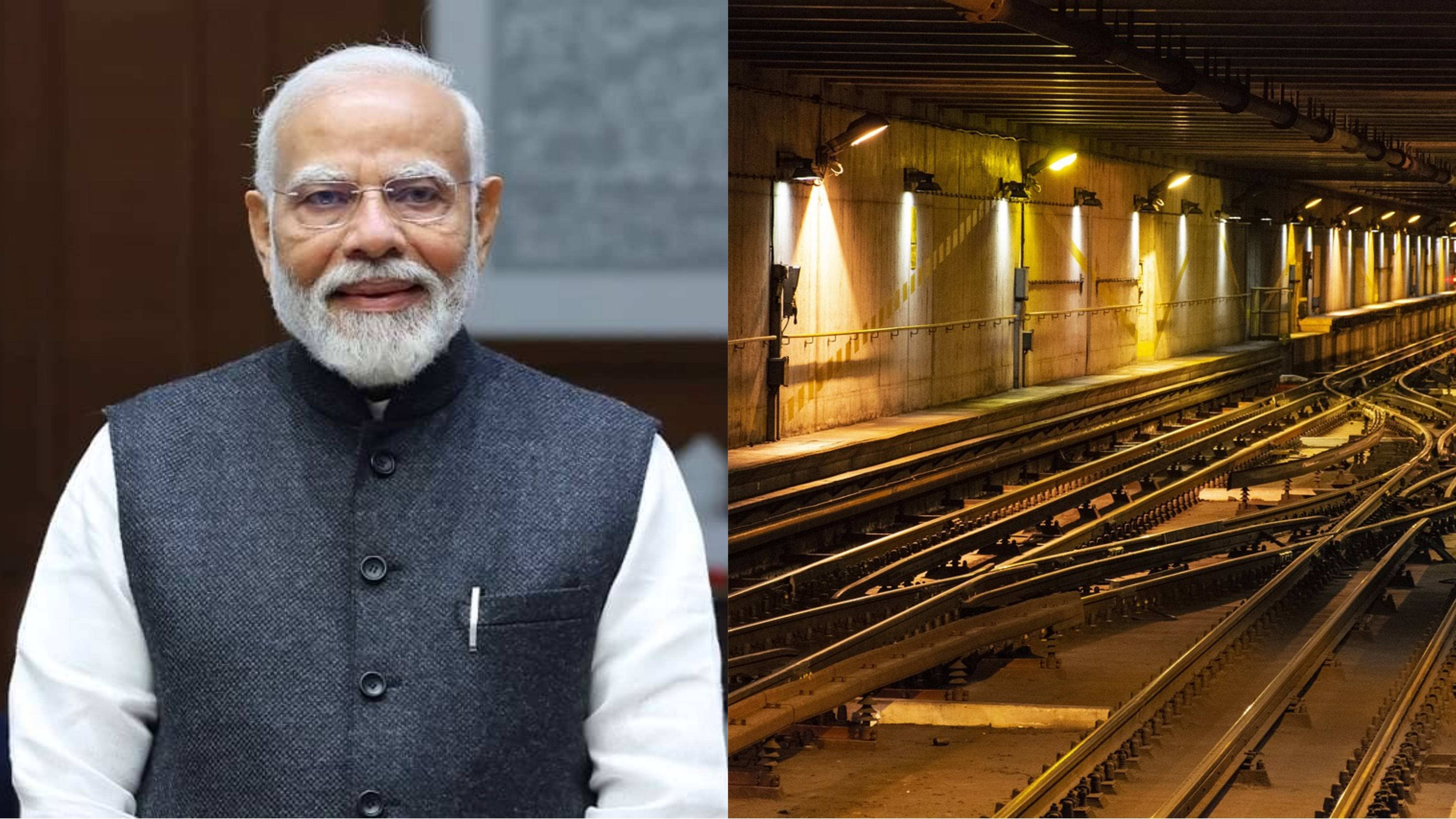
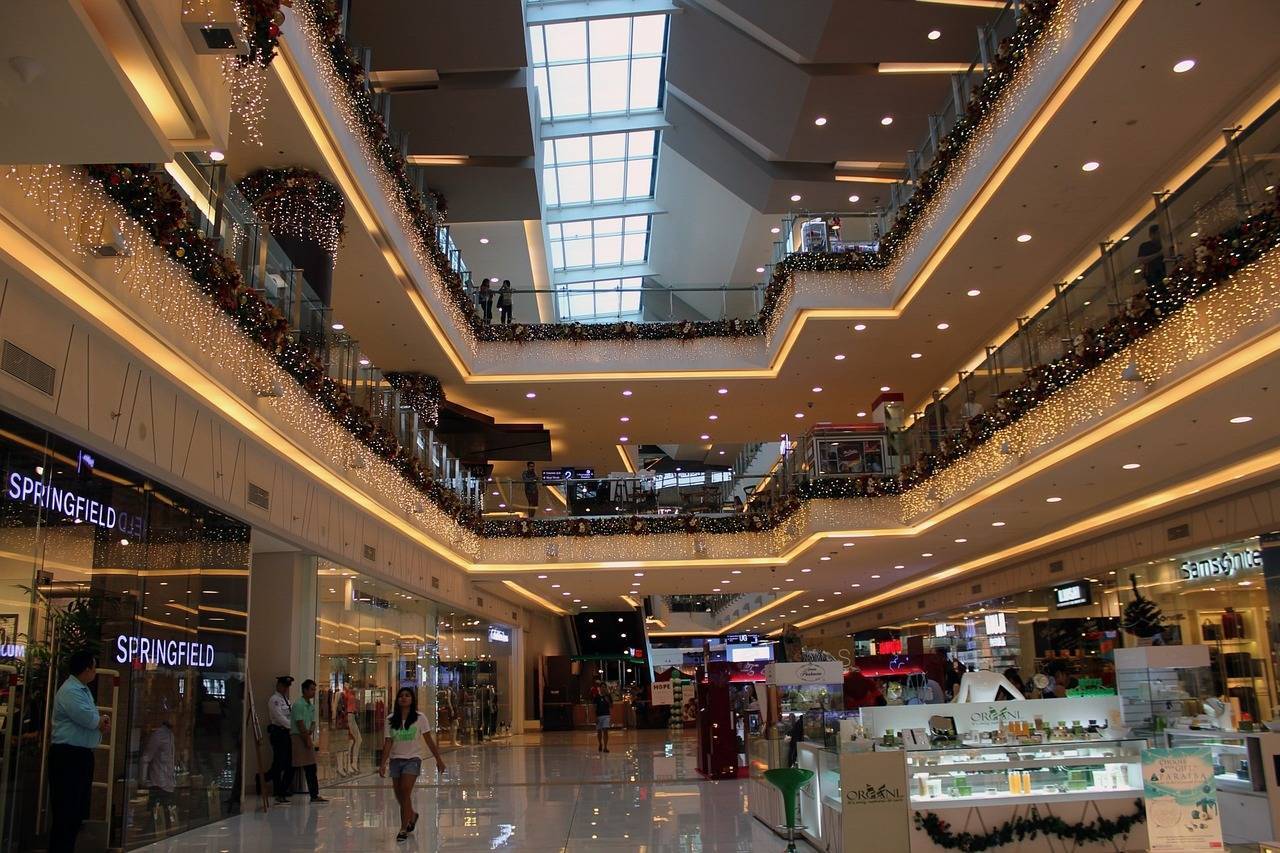
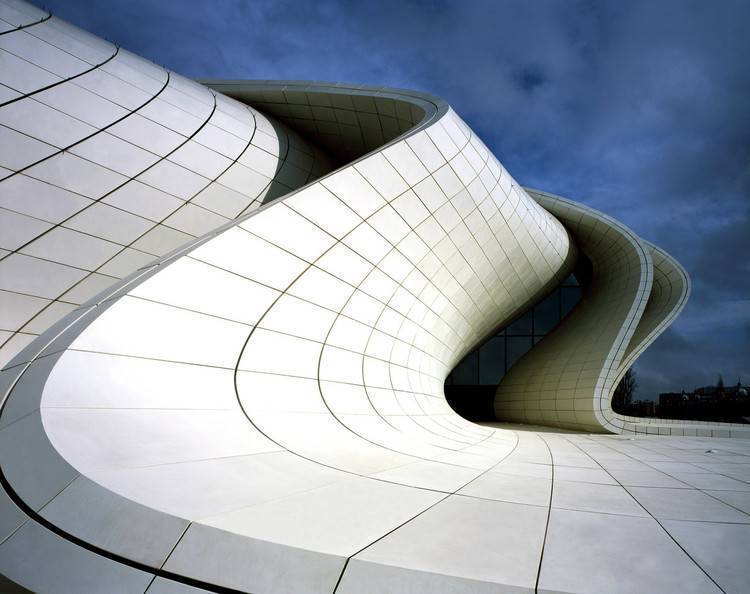
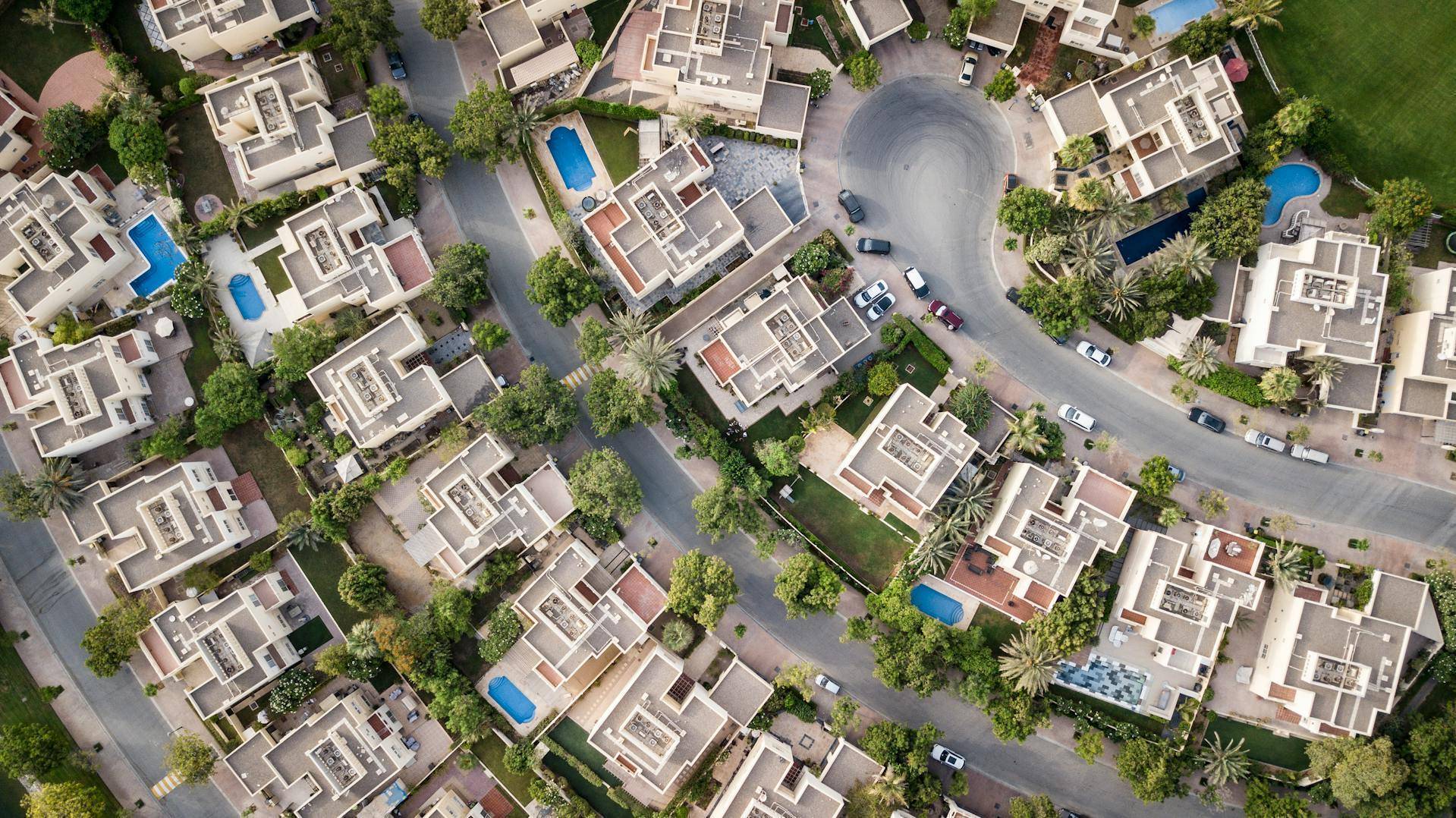
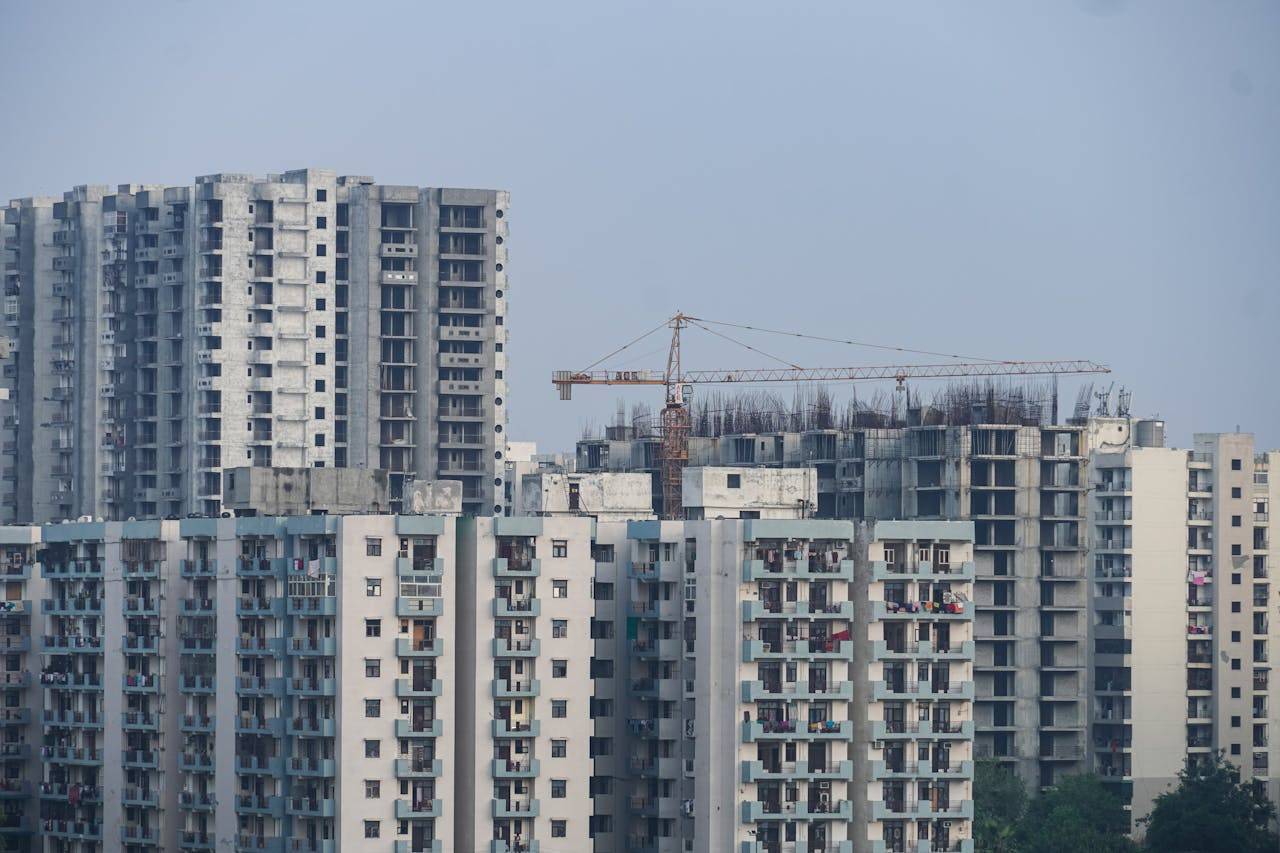

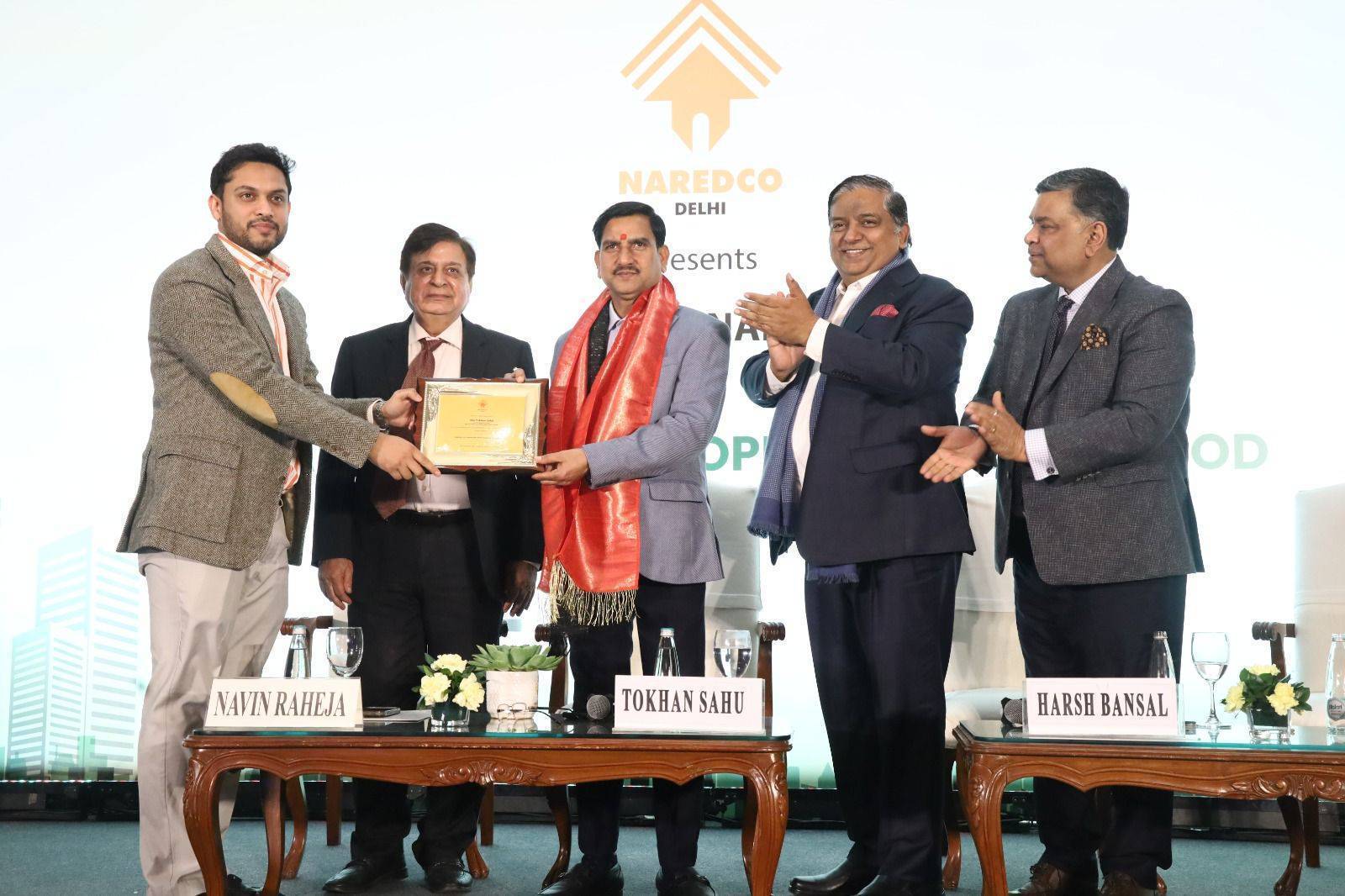
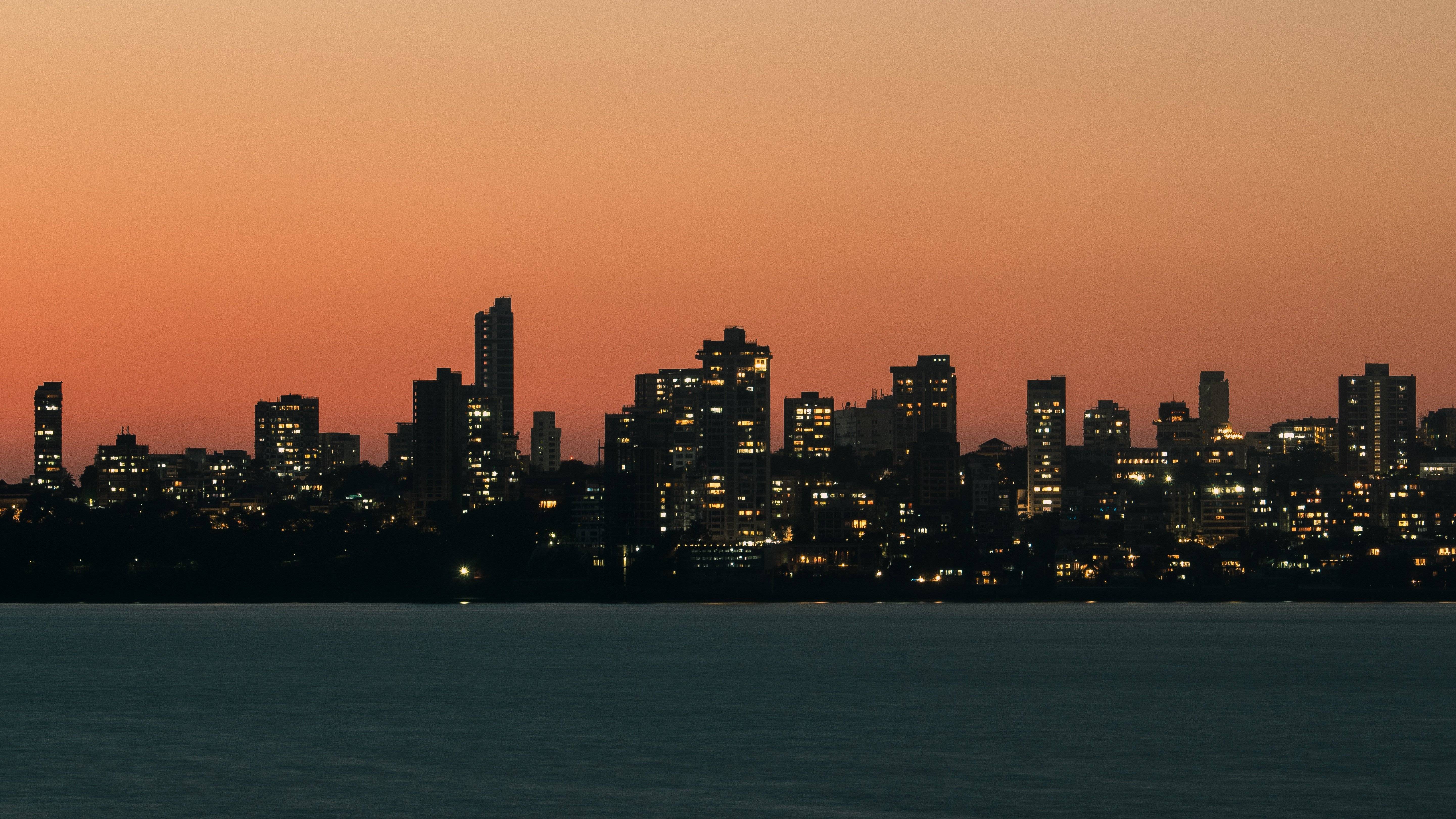
.png)